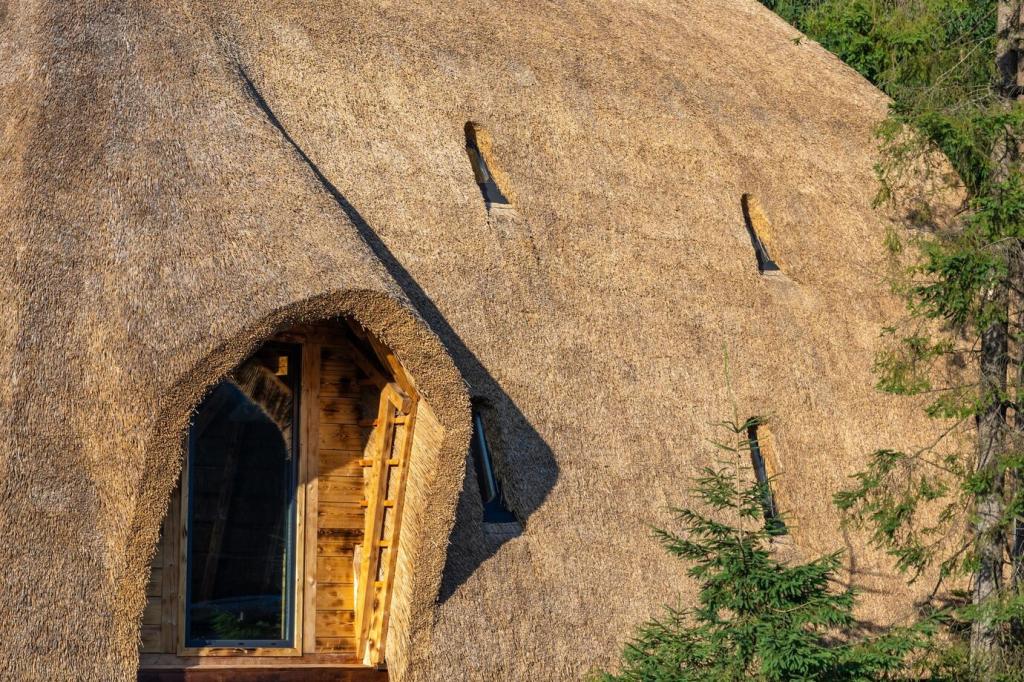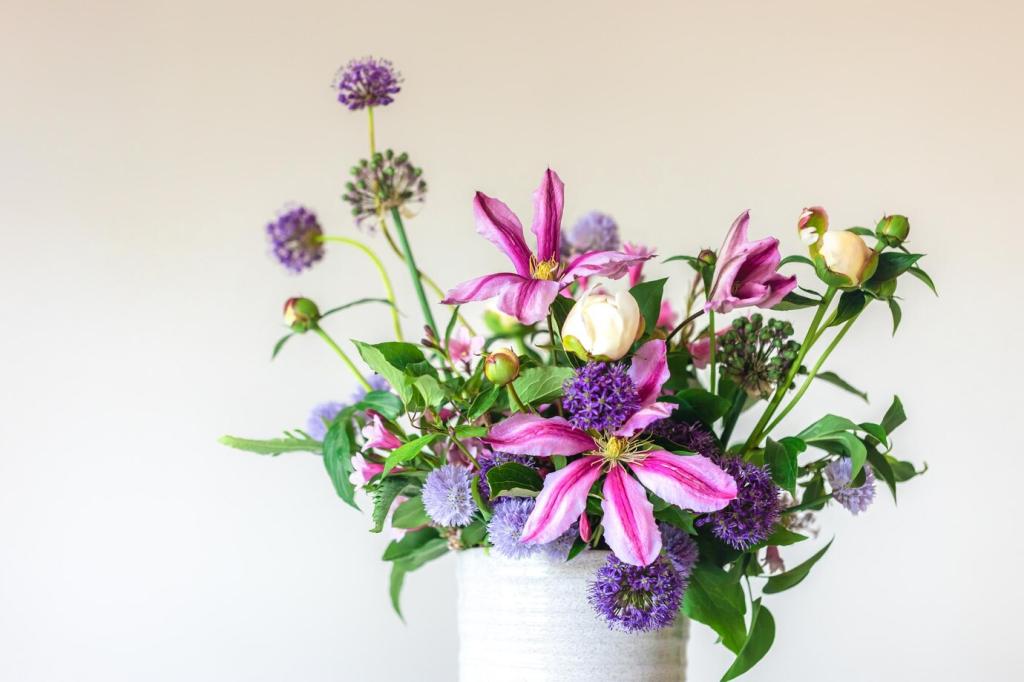Incorporating Renewable Materials in Home Design
Chosen theme: Incorporating Renewable Materials in Home Design. Step into a home where beauty and responsibility coexist—discover practical ideas, fresh inspiration, and real stories that make renewable choices feel effortless. Join the conversation and subscribe for weekly, design-forward insights you can actually use.
Renewable materials often pair with low-VOC finishes and gentle production methods that respect indoor air quality. Cork, bamboo, and responsibly finished woods help create calmer rooms where your body can breathe easier.
Why Renewable Materials Matter Now
Lifecycle thinking reveals how rapidly renewing materials reduce resource strain. Bamboo matures far faster than traditional hardwoods, while reclaimed wood avoids new harvesting entirely, turning existing resources into functional beauty.
Why Renewable Materials Matter Now


Material Spotlight: Bamboo, Cork, and Reclaimed Wood
Bamboo flooring and cabinetry balance modern lines with surprising resilience. Its fast renewal rate and consistent grain suit minimalist aesthetics, while warm tones keep spaces grounded and welcoming for everyday living.
Material Spotlight: Bamboo, Cork, and Reclaimed Wood
Cork’s cellular structure adds natural cushioning and acoustic dampening. In kitchens or nurseries, it offers gentle support and a subtle texture that pairs beautifully with matte paint, linen textiles, and leafy plants.
Room-by-Room Integration
Consider bamboo cabinetry with water-based finishes and cork underfoot for long cooking sessions. Reclaimed wood shelves add patina, while durable, recycled-content counters balance utility with an effortlessly grounded presence.

Let grain, pores, and fibers be part of the palette. A cork wall behind a sofa or reclaimed wood jambs at a doorway create subtle, tactile moments people notice and remember.


Start locally where possible—shorter supply chains reduce transport impact and offer better repair pathways. Ask vendors for documentation, finishes information, and origin stories to ensure integrity and accountability.

If budgets are tight, update high-touch surfaces first—floors, countertops, and frequently used furniture. Phasing lets you learn from each step while steadily building a coherent, renewable design narrative.

Use gentle, plant-based cleaners and follow manufacturer guidelines for sealing and refinishing. Small rituals—felt pads under chairs, prompt wipe-ups—keep renewable materials thriving beautifully for years of daily life.
Hempcrete and Straw-Based Panels
Bio-based wall systems regulate humidity and temperature while reducing embodied carbon. Their earthy textures pair with fine finishes, proving performance and beauty can share the same wall plane gracefully.
Mycelium Composites and Bio-Resins
Fungal networks and plant-derived binders are shaping lightweight panels and acoustic forms. They invite playful curves, low-toxicity finishes, and fresh opportunities for custom, circular-minded interior elements.
Community Stories and Your Next Step
One reader swapped chipped tiles for cork and added bamboo drawers with quiet-close hardware. Meals lingered longer, cleanup felt lighter, and a once-rushed space became the family’s favorite gathering spot.


Community Stories and Your Next Step
Salvaged joists from a local theater became a living-room mantel. Every scratch kept its history alive, inspiring neighbors to trade materials and begin a shared library of tools and stories.
